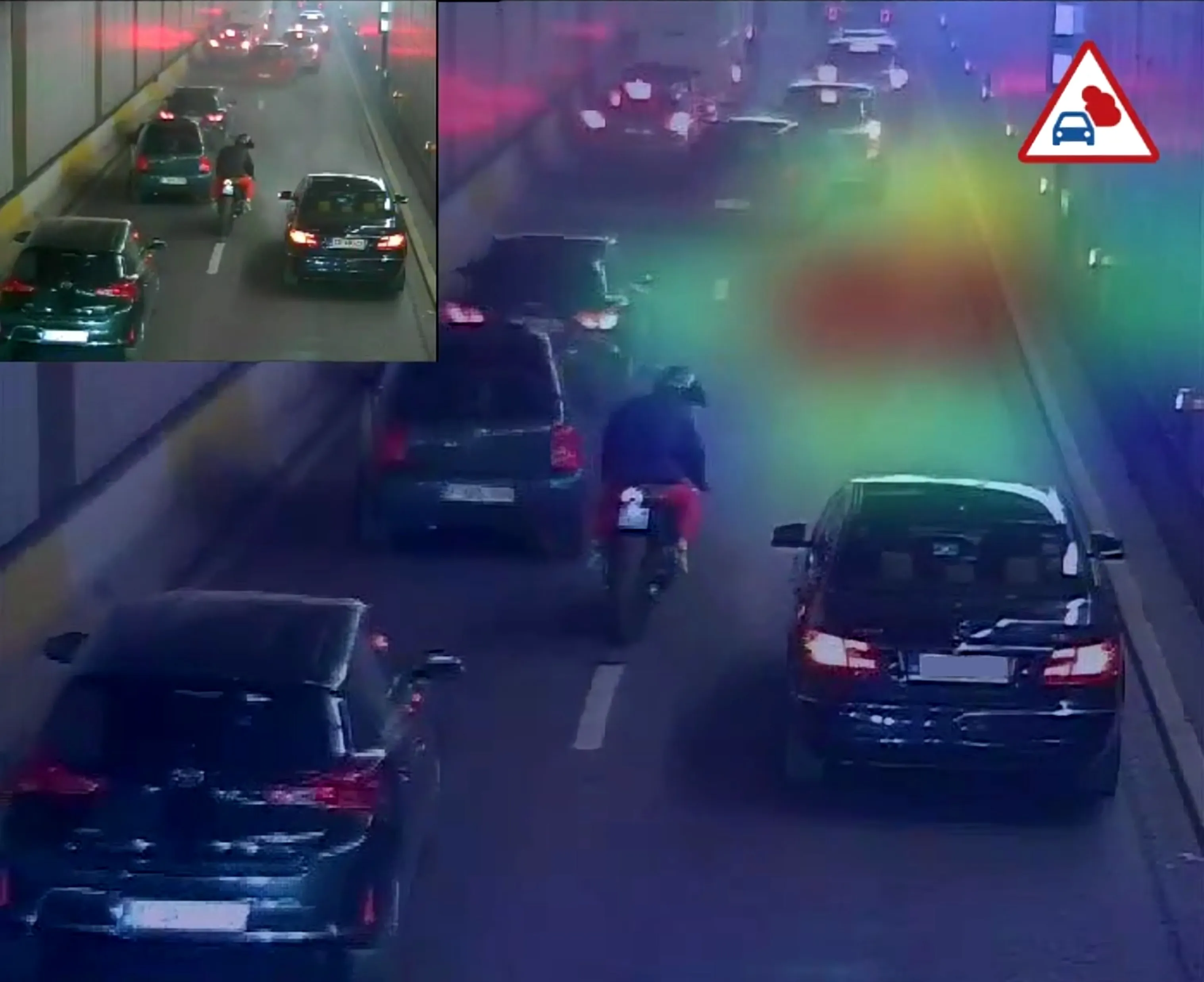Redvision has released a wiper option for its Vega 2010 camera which it says removes dirt and water from the camera window. The PoE-driven wiper is concealed behind the front bezel of the camera when not in use.
Stephen Lightfoot, technical director at Redvision explains: “Wiper power comes from the PoE-driven, CHAT interface board. This also provides camera, washer and built-in heater power to the Vega, along with audio communications.
The Vega 2010 rugged housings are expected to allow installers to fit
October 29, 2018
Read time: 1 min
Stephen Lightfoot, technical director at Redvision explains: “Wiper power comes from the PoE-driven, CHAT interface board. This also provides camera, washer and built-in heater power to the Vega, along with audio communications.
The Vega 2010 rugged housings are expected to allow installers to fit their own camera and lens combinations, up to 290mm long.
“The Vega is made from tough, die-cast aluminium, which is both IP67 weather-proof and IK10 impact rated. It has an integrated junction box and all cabling is managed through its wall or pedestal mounting brackets,” Lightfoot adds.











